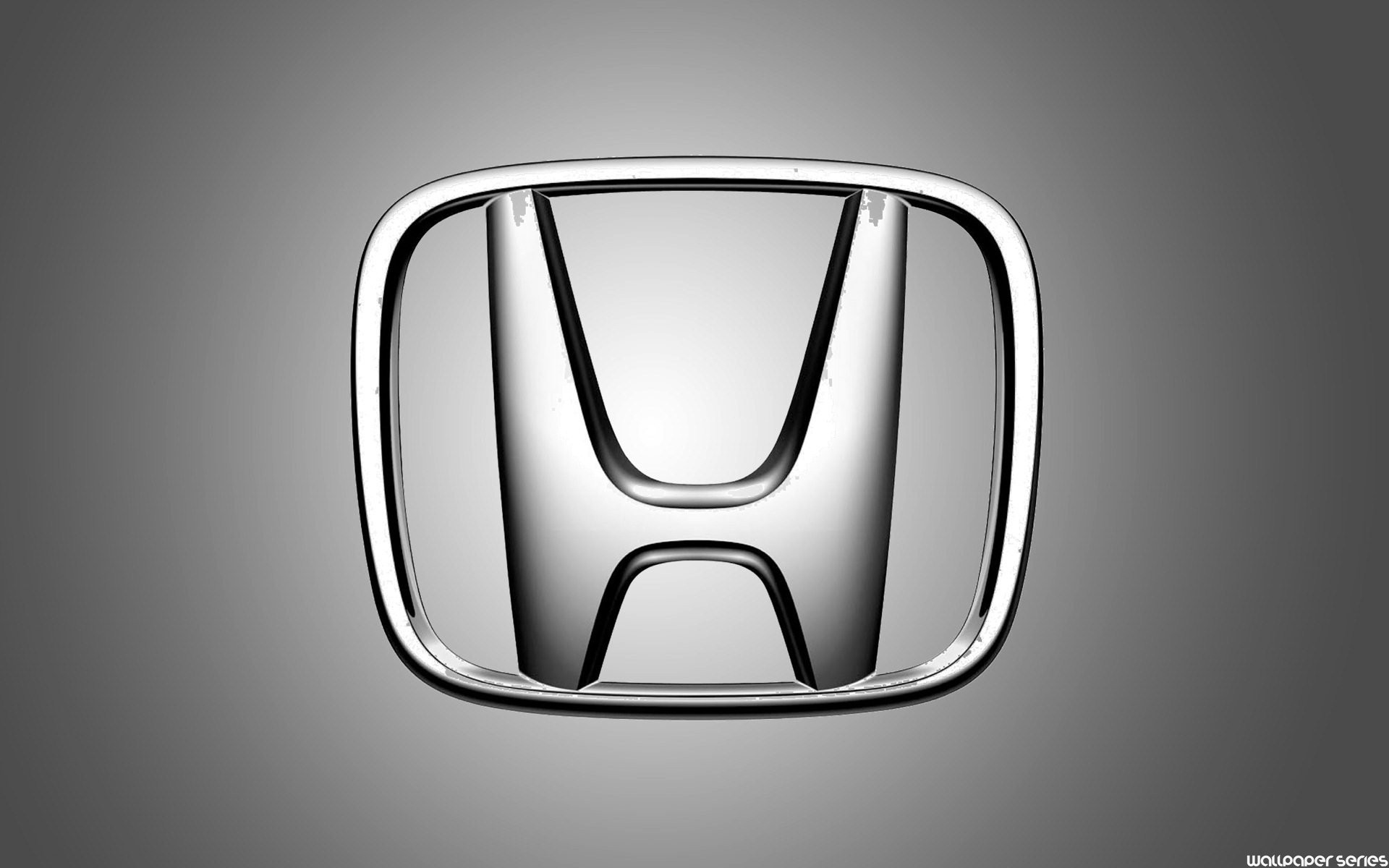Could a automaker produce a car with the suspension similar to the 1993 Williams FW15C but updated for the 21st century for a production road car?
Is there a way to make it durable/reliable as a daily driver? I would assume the hydraulic fluid lines would need to be a rust proof stainless material?
What about the hydraulic fluid? Can it go long periods of time without being flushed out and replaced?
I was thinking of a limited special edition Corvette C8 or a Gordan Murray designed supercar in limited numbers. Or, someday a mass produced Honda or Toyota with it.
Learn from the aerospace industry and defense contractors (BAE Systems, Boeing, GE, Lockheed Martin, Raytheon)
A Conversation with an F-35 Maintainer about the Impact of the New F-35 Actuator System on Maintenance...
"Simplified hydraulics like in the F35 jet - EHAS electro hydrostatic actuation system. Self-sustained hydraulic systems, everything is self-contained. You’ve got your own hydraulic systems. You got your own actuators."...
https://sldinfo.com/2010/08/a-conversat ... intenance/
https://www.eaton.com/content/dam/eaton ... ochure.pdf
- Login or Register
No account yet? Sign up

